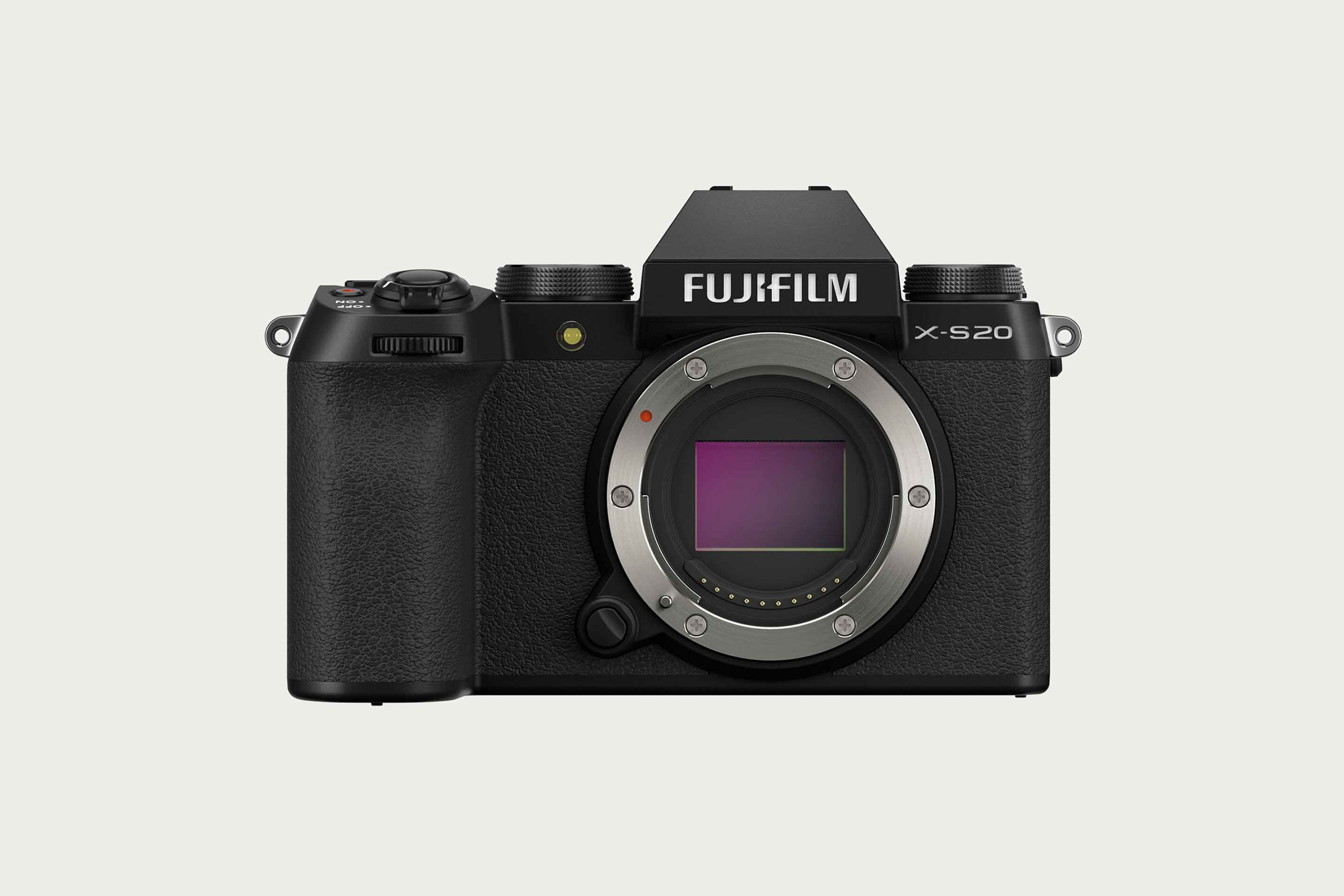In search of the perfect travel camera, OutThere’s Creative Director and resident photography obsessive, Martin Perry, puts the Fujifilm X-S20 through its paces on an epic round-the-world journey. His verdict? This is a camera to get your hands on.
There’s a truism (which we in part subscribe to) that the best camera you have is the one in your hand. For most people that’s their smartphone and in many respects, smartphones are more than adequate for the average person’s needs. But for those of us who want that bit more – be it in terms of usability, control, ergonomics, image quality or just the sheer pleasure of using a dedicated tool to do the job – nothing beats a ‘real’ camera.
As travellers who document our journeys professionally a camera which is up to the job is essential. We’ve spent a lot of time and an inordinate amount of money on cameras, lenses and all the associated kit to arm ourselves for most situations. But there’s a price beyond the value of this amazing equipment. Severe neck and shoulder pain from carrying heavy kit has plagued us for years, and as much as we love the results and flexibility our professional kit gives us, there are times when we resent taking it with us – and other times when it is not even possible, or sensible, to do so. So we needed an alternative. A camera which would be small and light enough to keep with us at all times, that was discreet enough not to draw attention, but would still give us the control and quality we require to capture images worthy of the pages of OutThere magazine. After an extensive trawl of the internet, reading reviews and watching seemingly endless YouTube videos, and visits to three different camera stores, we finally narrowed it down to 2 options: the Sony A6700 and the Fujifilm X-S20.
There was a lot to consider: in terms of specs and functionality the two are pretty much evenly matched, however, the Sony camera had a slightly better autofocus system as well as weather-sealing. In contrast, the Fuji model had superior capabilities for capturing colours (16-bit depth to the A6700’s 14-bit). Both are hybrid cameras, capture 4K video (6K in the case of the Fuji), and both bodies have In-Body-Image-Stabilisation (IBIS), a useful feature which allows for both smoother hand-held video footage and longer exposures, lessening the risk of camera shake ruining your low-light shots.
We’d never owned a camera from either brand, so the menu system and layout of on-body controls were equally alien to us. Both bodies are roughly around the same price point, but the Fujifilm X-S20 can be bought as a kit with an award-winning Fujinon XF 18-55mm F2.8-4 for around £1,250; a roughly equivalent 16-50mm F/3.5-5.6 lens for the Sony would take the price up to £1,550. The Fujifilm X-S20 felt slightly better in our hand, which is very subjective, of course. However, the deciding factor was that to an untrained eye, we felt that the Fuji model looked much less like an expensive modern camera. In fact with the back screen turned inwards you could easily mistake it for a vintage film camera, which beyond mere aesthetics, could prove to be the difference between us using it in the street, or keeping it out of sight and therefore not using it at all.
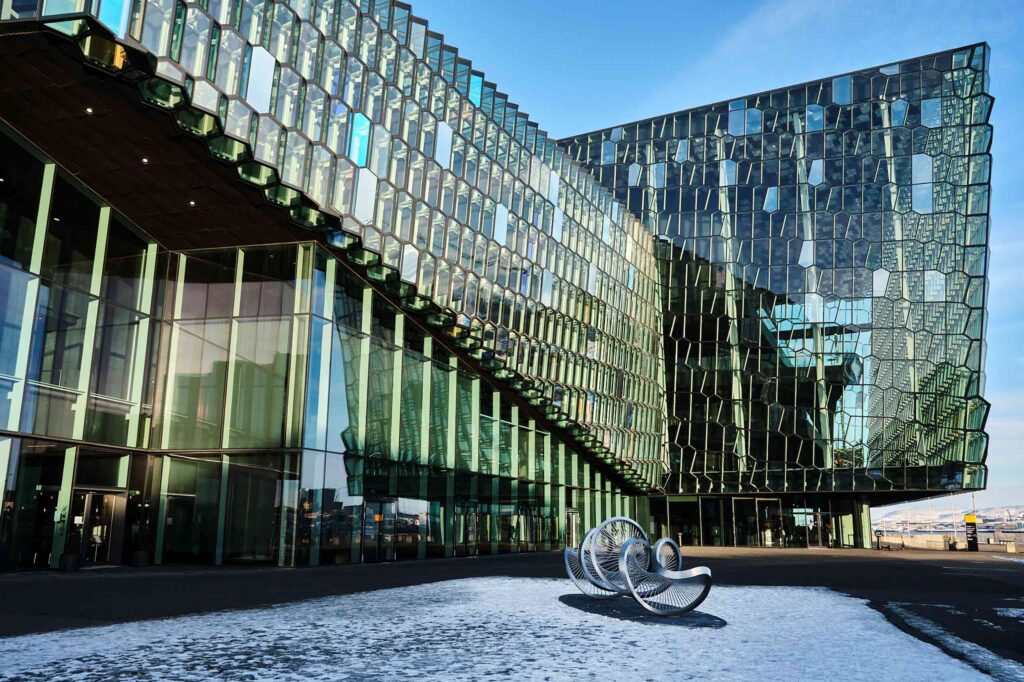
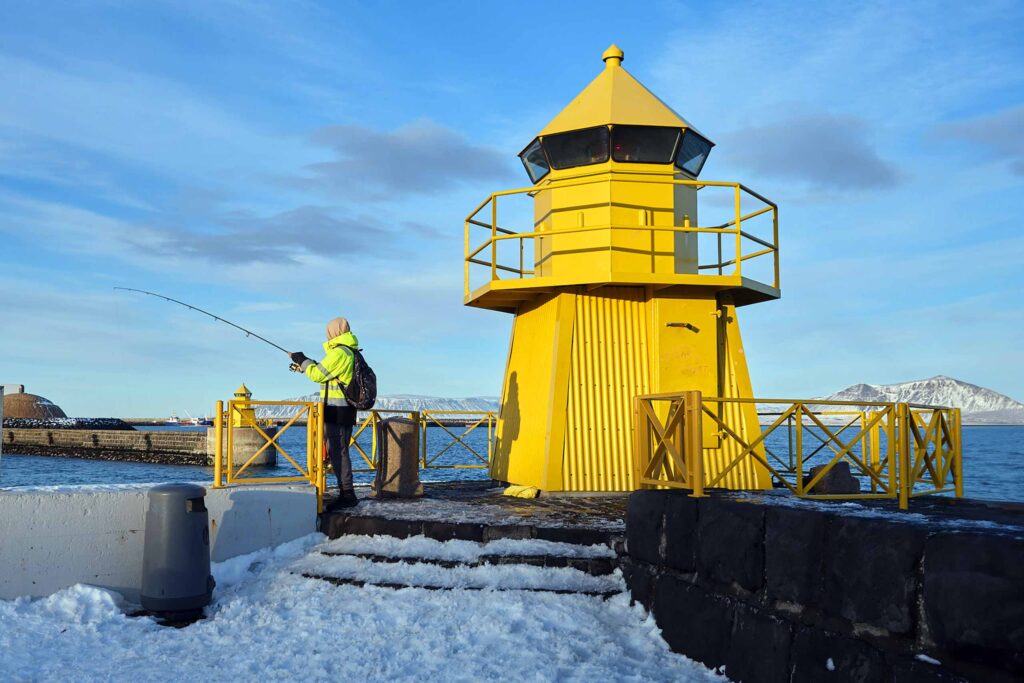
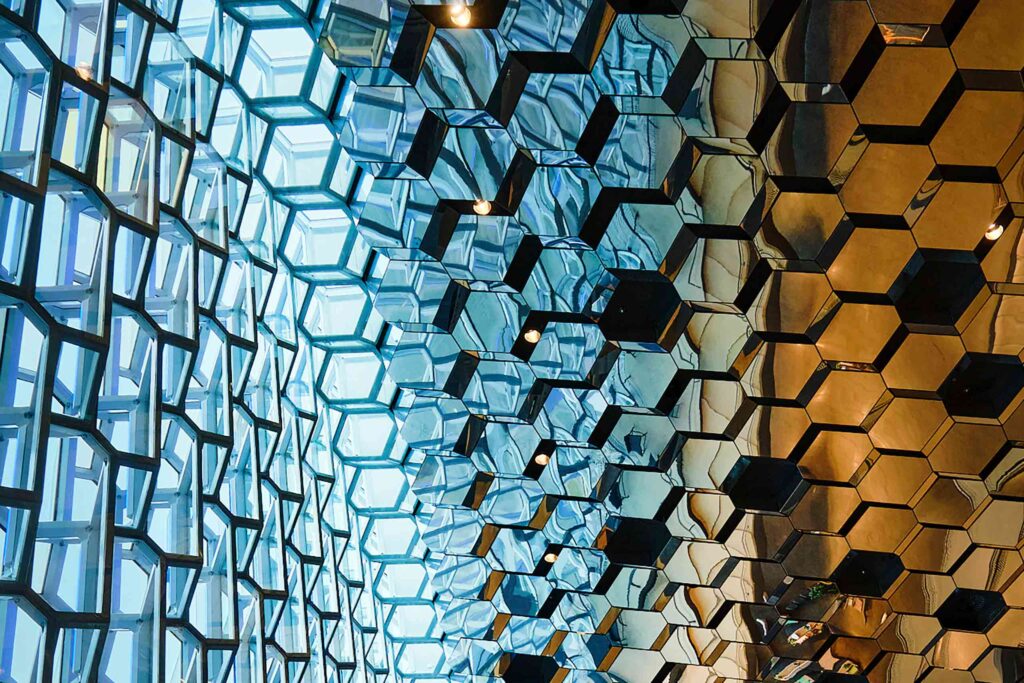
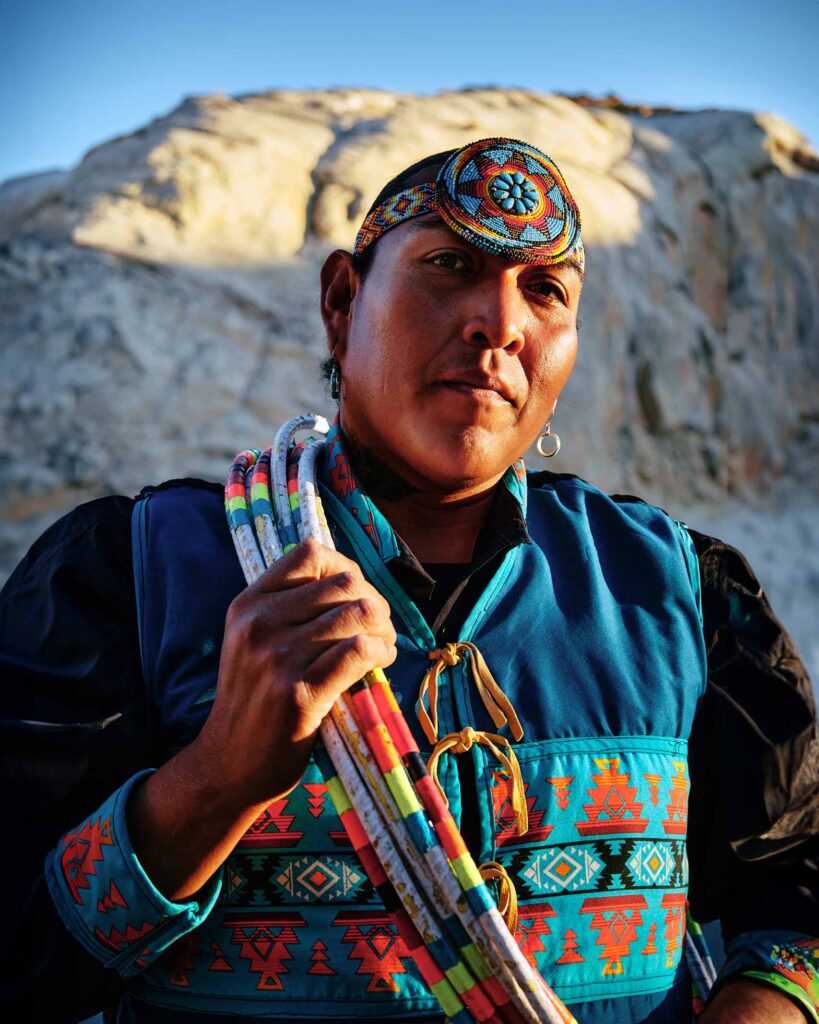
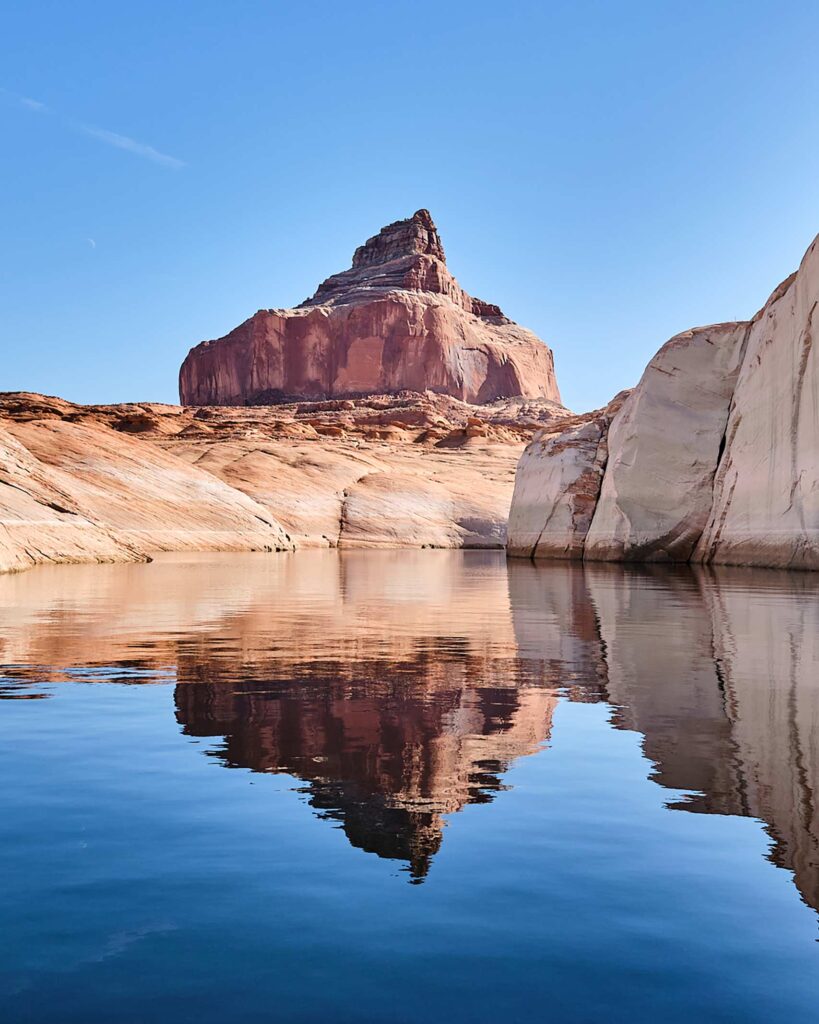
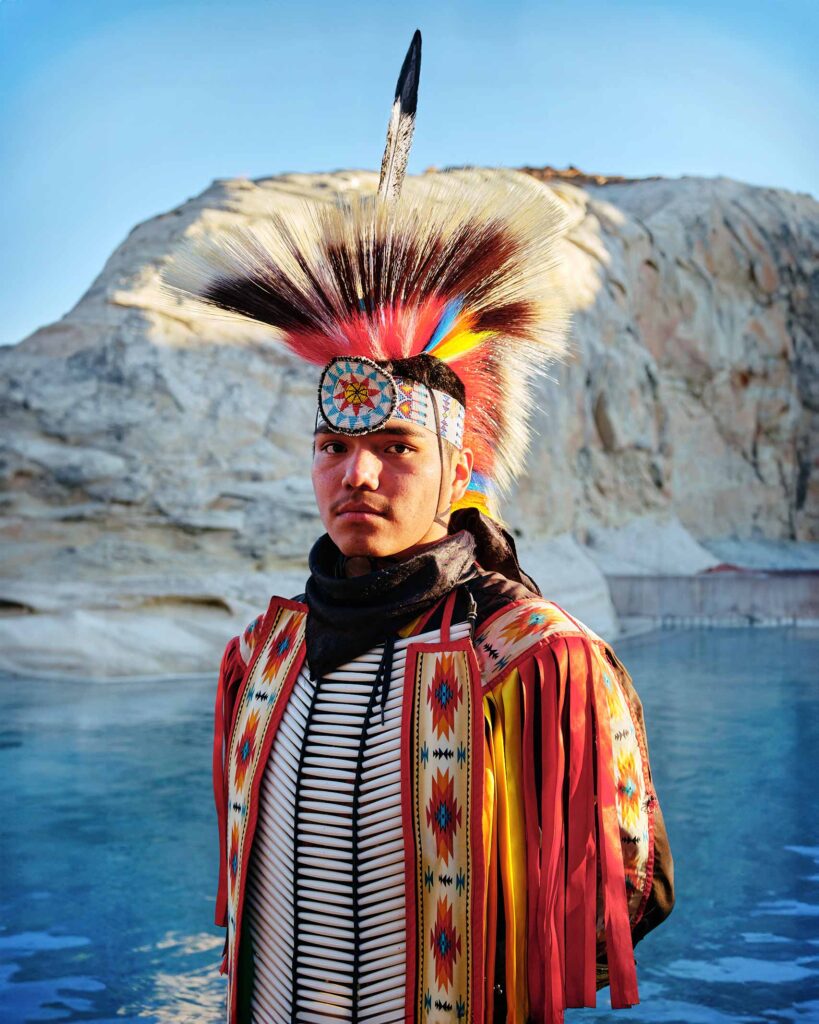
A few days after our purchase, with little time to practice using the camera, we set off for our first trip with it – to Reykjavik. It was mid-February and the sun only reached halfway into the sky at midday before starting its slow descent, resulting in the famously beautiful Nordic light. On our first day, we were blessed with clear blue skies but the next day, clouds moved in, casting everything into shades of grey. The outside temperature was a rather camera-unfriendly -4 degrees Celcius. Having been spoilt by Canon’s clear and instinctive menu system for some years we struggled to get our heads around the locations of some of the functions of the Fujifilm X-S20 (as well as the tiny joystick on the back of the camera) whilst wearing our rather thin gloves. But for a first attempt, we were on the whole pleasantly surprised with the results. Snappy autofocus, good dynamic range and great colours.
The Fujifilm X-S20 has built-in Fuji film simulations which you access via a dial on the top left of the camera. These only affect the jpegs (you can shoot RAW without the profile added to them simultaneously) and video footage (unless you opt for Fuji’s lorded F-log2 profile). This means that you can get some very pleasing ‘straight out of the can’ images and footage, both of which are easily accessible to download to your phone or tablet via the pretty decent Fujifilm XApp, for sharing on social media. The cold had no noticeable effect on the camera’s functionality, but we were careful to place it back in our camera bag as soon as possible between shots.
Our next stop was the Amangiri resort in Glen Canyon, Utah, where we spent the majority of our time outdoors, shooting landscapes and portraits whilst hiking and rock climbing (not something we would relish doing with a heavy professional camera), or boating on the mirror-like clear blue waters of Lake Powell. In all of these situations, the Fuji managed to impress us, rendering breathtaking colours and giving us tack-sharp images and good dynamic range, despite our inexperience with the camera’s controls. The Fujinon XF 18-55mm F2.8-4 kit lens was every bit as good as we had been led to believe. 18-55mm is a very practical walk-around focal range allowing for situations where we wanted to capture either wide or telephoto shots (despite the zoom mechanism turning in the opposite direction to most of the lenses we own – which tripped us up a few times and meant we occasionally missed the moment). But that is purely user error and happens less and less the more you use it. Overcoming this kind of frustration is arguably part of the joy of photography. If it were too easy, where would the fun be?
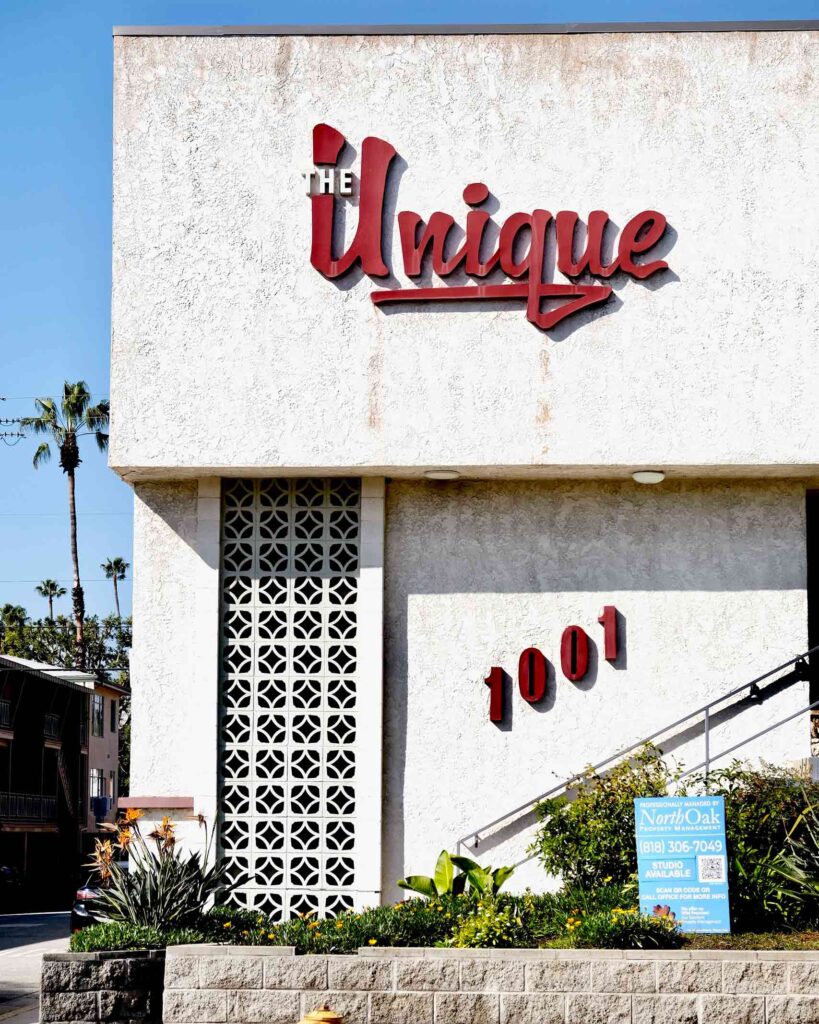
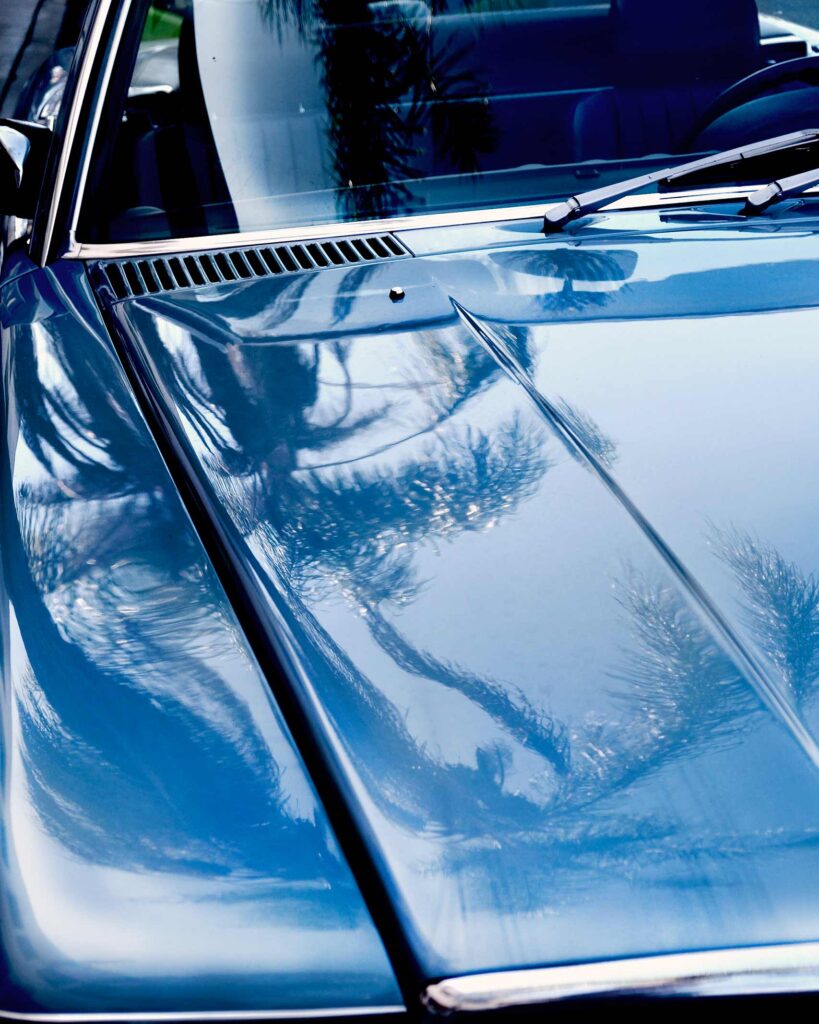
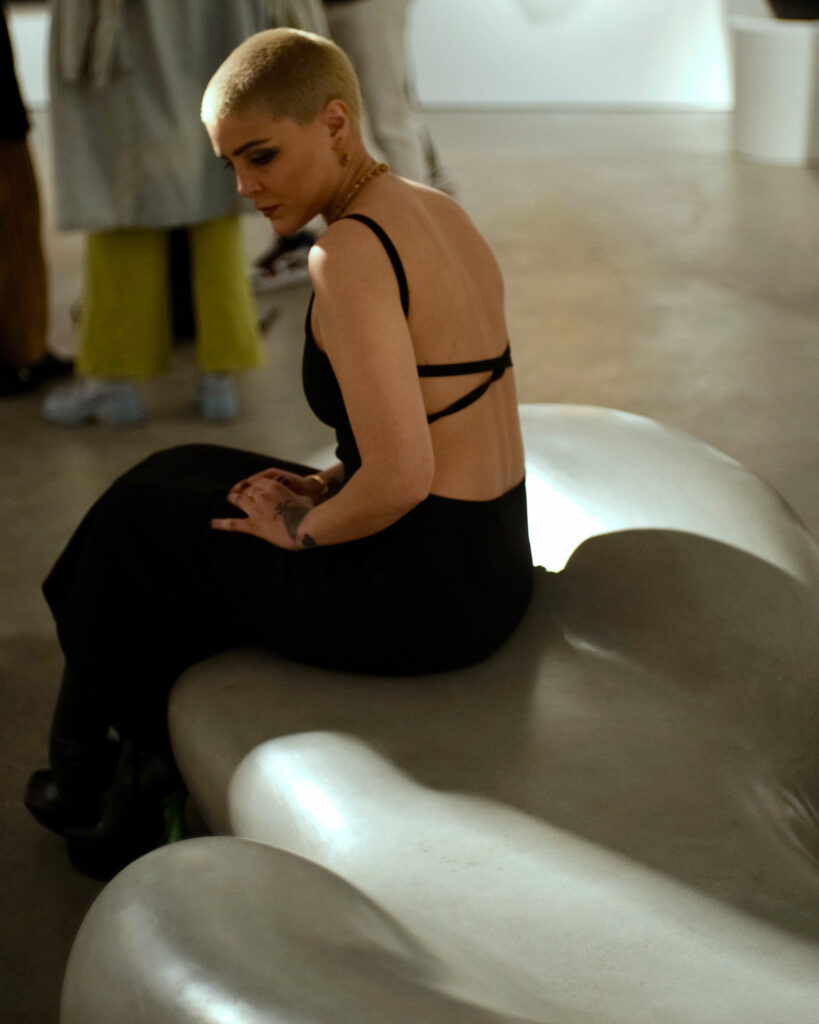
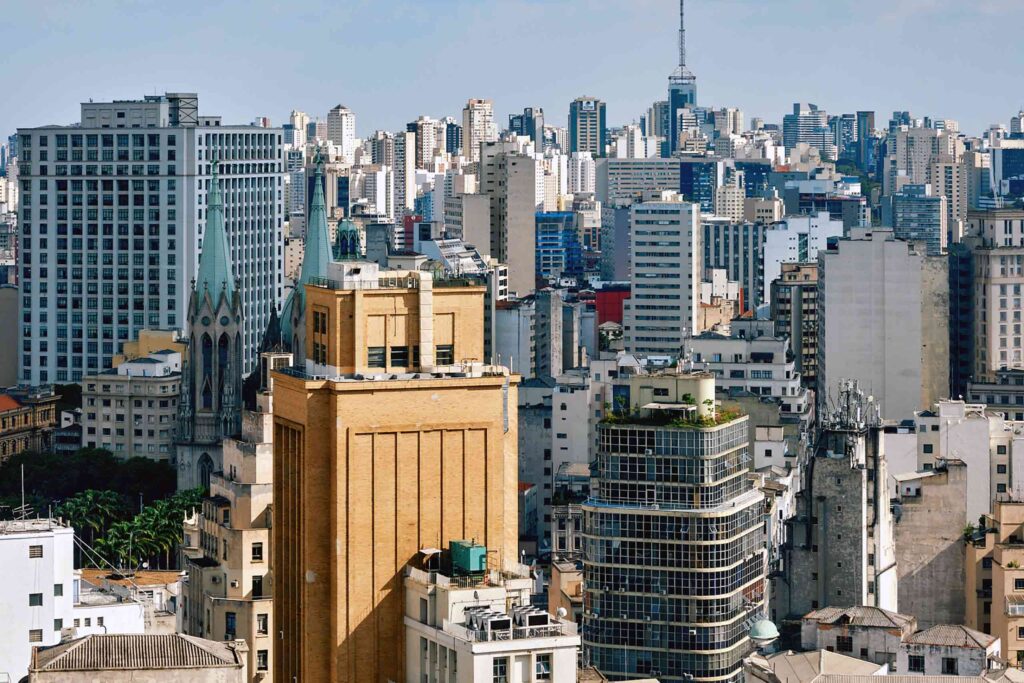
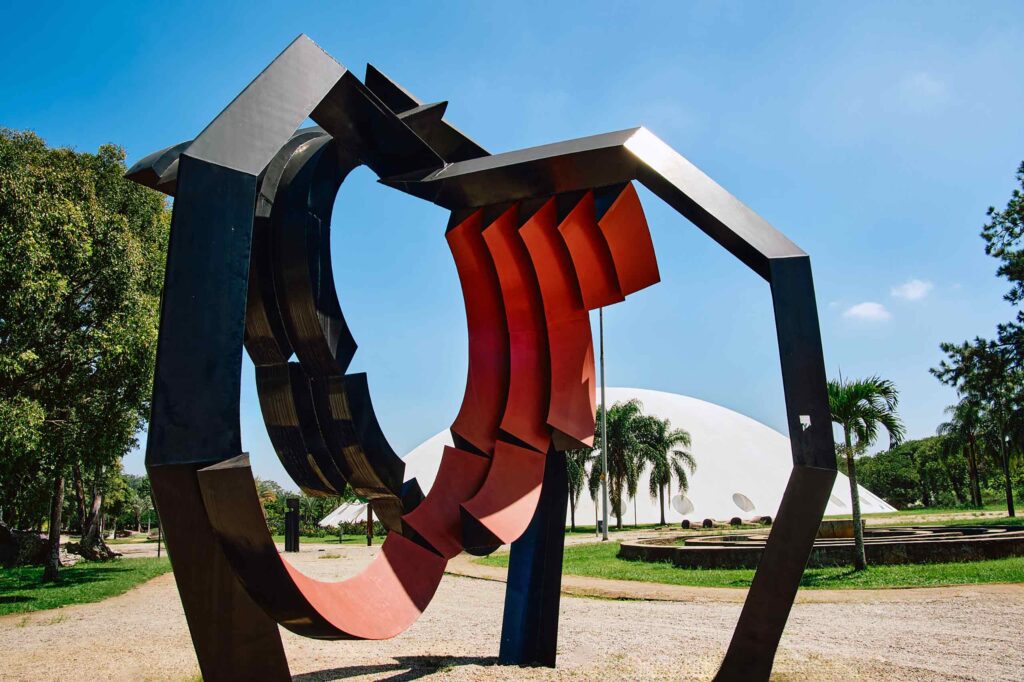
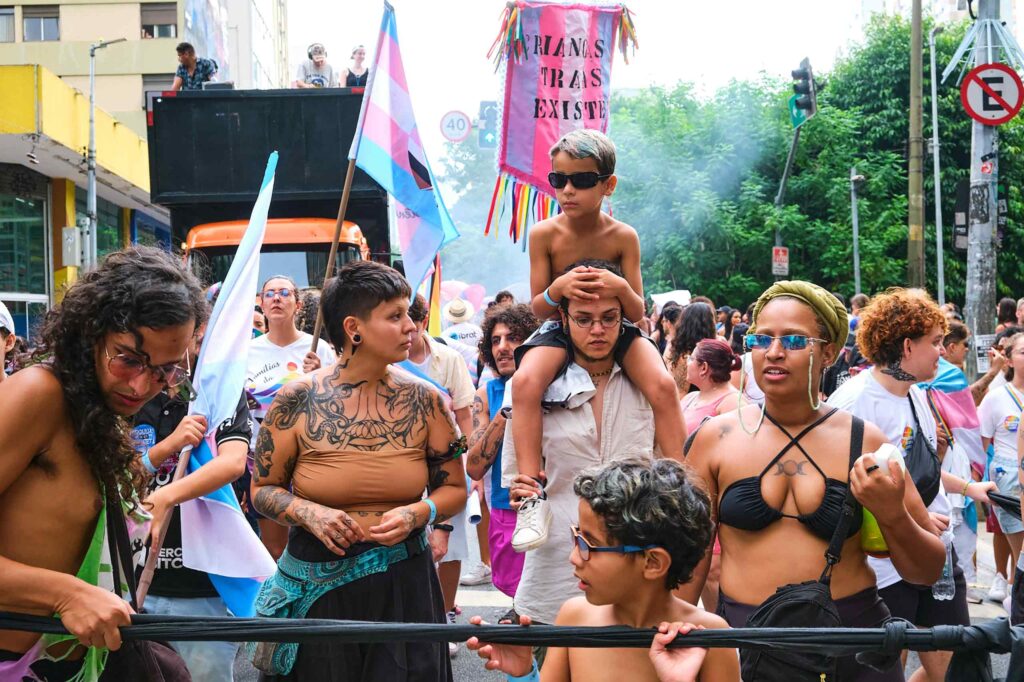
Onwards to Los Angeles. Again the weight of the camera meant we were happy to have it around our neck almost all the time. We had no particular brief for this part of our trip so simply documented our daily observations, from candid moments to abstract details. The cold of Iceland was then a distant memory and the Californian sun shone warm and bright, creating reflections in shop windows and casting strong graphic shadows in the famously photogenic golden hour.
Another bonus of the Fujifilm X-S20 is its ability to be used with manual lenses. We had also bought a very affordable 35mm 7Artisans lens with a respectable f1.4 aperture, meaning we could shoot in situations with little available light, like a gallery opening we were invited to, albeit with a very narrow depth of field. We did, however, struggle to see the focus assist, which puts the area in focus into colour on the viewfinder or rear screen. To our ageing eyes, this could be clearer. That said, we managed to nail a few shots wide-open, but there were more misses than hits than we would have liked. In our experience shooting with manual lenses – even with focus assist – it’s much easier in bright light when the aperture can be closed down allowing for a wider depth of field, which results in more of the image being in focus, and therefore a bigger margin for error.
The final destination on our epic trip was São Paulo, Brazil. A bustling urban mega-city filled to the brim with life, art, modernist architecture and lots and lots of inspiring LGBTQ+ folks. As wonderful as it is, it’s sadly a city with a big and very evident divide between those who have and those who do not, and we were warned daily about the high rate of street crime. At one point we were even instructed by our taxi driver to put our phones away during a ride with the window down, warning us that car windows are sometimes smashed and their occupants’ phones stolen out of their hands. Being made aware of this was one of the main reasons behind our decision to find a camera that we would be able to use without undue fear of it being stolen.
We had considered going back to our trusty old film camera for this part of the trip, but the main purpose of our going there was to film video rather than take stills, and we were glad that we made that decision. The video capabilities of this little camera are, in our opinion, worth the cost of the Fujifilm X-S20 alone. This is where the camera’s in-built image stabilisation comes into its own: with it activated, you can capture perfectly usable, high-quality moving images with a fraction of the camera shake you would expect from such a lightweight setup. Regardless, even with this level of stabilisation any hand-held camera would result in some kind of noticeable shake, and that’s also the case here. But the seven stops of IBIS made a marked difference, hitting the sweet spot between a lack of judder and a hand-held authenticity. However, we’re sure that if you were to combine this little champ of a camera with a gimbal, it would be hard to distinguish the results from a professional movie camera at multiple times the price and size.
The verdict
The lack of weather-sealing of the Fujifilm X-S20 is something any photographer should take into account. We didn’t have the opportunity to test the camera in humid conditions, and we kept it well-protected when it rained. That said, we would tend towards doing this even with a professional camera unless the circumstances dictated otherwise. The camera also locks you into high ISOs when shooting in F-Log2 (FUJI’s ‘flattest’ colour profile which allows for greater control when colour-grading your videos), meaning that you will need to use a variable ND filter when shooting in bright conditions if you want to shoot at lower apertures.
Still, we recommend the Fujifilm X-S20 for those looking for a lightweight travel camera, especially if you want to shoot both stills and videos. Teamed with the Fujinon XF 18-55mm F2.8-4 lens, it produces lively, crisp images with a very appealing FUJI character (which is conducive to travel photography in itself). Although we were careful, during our time in São Paulo, we managed to use the camera in a wide range of scenarios and places, mostly on the streets with no issues, which we feel confirms our hope that the camera doesn’t draw people’s attention. The introduction of weather-sealing would make this a go-anywhere camera and therefore bring it closer to being the perfect travel companion – something it’s already close to being.
Photography courtesy of Fujifilm and by Martin Perry


